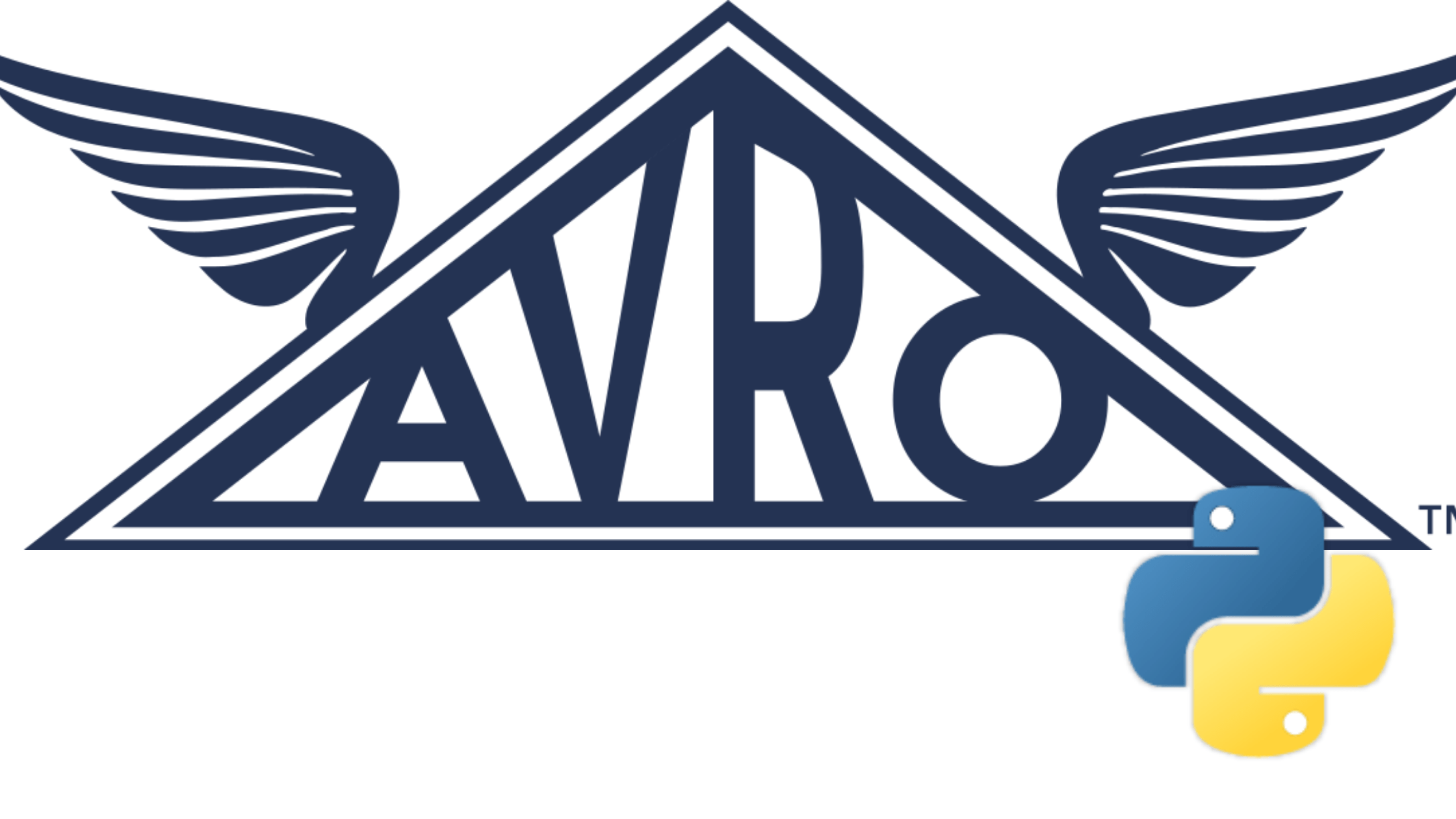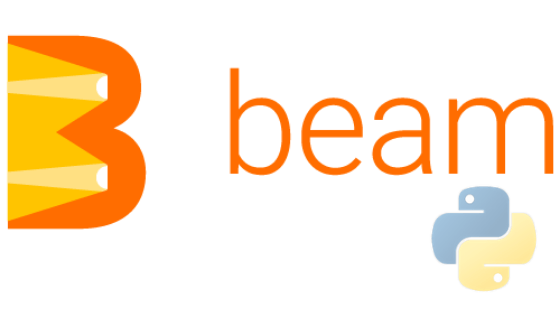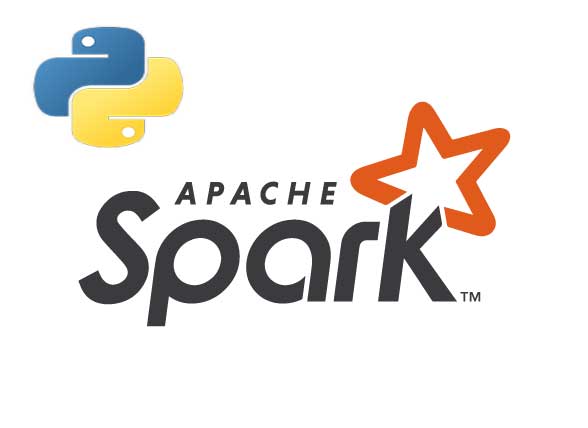This post is part of the T4p Series. In the previous post, I briefly introduced candlesticks and how to detect a bearish and bullish candle in Python. In this post, we are going deeper, discussing candlestick patterns, what they are all about, and how to detect and represent them in Python Introduction As you learned in the previous post, there are mainly two types of candles: Bearish and Bullish. The size of the wick and the body determines what kind of bearish and bullish candle it is. Candlestick patterns visually help traders learn about the price movement to interpret the market sentiments. History Candlestick patterns were developed centuries ago by Japanese…
-
-
Getting started with Apache Avro and Python
Learn how to create and consume Apache Avro based data for better and efficient transfer.In this post, I am going to talk about Apache Avro, an open-source data serialization system that is being used by tools like Spark, Kafka, and others for big data processing. What is Apache Avro According to Wikipedia: Avro is a row-oriented remote procedure call and data serialization framework developed within Apache’s Hadoop project. It uses JSON for defining data types and protocols, and serializes data in a compact binary format. Its primary use is in Apache Hadoop, where it can provide both a serialization format for persistent data, and a wire format for communication between Hadoop nodes, and from client programs to the Hadoop services. Avro uses a schema…
-
Create your first ETL Pipeline in Apache Beam and Python
Learn how to use Apache Beam to create efficient Pipelines for your applications.This post is part of Data Engineering and ETL Series. In this post, I am going to introduce another ETL tool for your Python applications, called Apache Beam. What is Apache Beam? According to Wikipedia: Apache Beam is an open source unified programming model to define and execute data processing pipelines, including ETL, batch and stream (continuous) processing.. Unlike Airflow and Luigi, Apache Beam is not a server. It is rather a programming model that contains a set of APIs. Currently, they are available for Java, Python and Go programming languages. A typical Apache Beam based pipeline looks like below: (Image Source: https://beam.apache.org/images/design-your-pipeline-linear.svg) From the left, the data is being…
-
Create your first ETL in Luigi
An introductory tutorial covering the basics of Luigi and an example ETL application.This post is the part of Data Engineering Series. In previous posts, I discussed writing ETLs in Bonobo, Spark, and Airflow. In this post, I am introducing another ETL tool which was developed by Spotify, called Luigi. Earlier I had discussed here, here and here about writing basic ETL pipelines. Bonobo is cool for write ETL pipelines but the world is not all about writing ETL pipelines to automate things. There are other use cases in which you have to perform tasks in a certain order once or periodically. For instance: Monitoring Cron jobs transferring data from one place to another. Automating your DevOps operations. Periodically fetching data from websites and…
-
Create your first ETL Pipeline in Apache Spark and Python
In this post, I am going to discuss Apache Spark and how you can create simple but robust ETL pipelines in it. You will learn how Spark provides APIs to transform different data format into Data frames and SQL for analysis purpose and how one data source could be transformed into another without any hassle. What is Apache Spark? According to Wikipedia: Apache Spark is an open-source distributed general-purpose cluster-computing framework. Spark provides an interface for programming entire clusters with implicit data parallelism and fault tolerance. From Official Website: Apache Spark™ is a unified analytics engine for large-scale data processing. In short, Apache Spark is a framework which is…
-
Getting started with Apache Cassandra and Python
In this post, I am going to talk about Apache Cassandra, its purpose, usage, configuration, and setting up a cluster and in the end, how can you access it in your Python applications. At the end of the post, you should have an idea of it and could start playing it for your next project. What is Apache Cassandra? According to Wikipedia: Apache Cassandra is a free and open-source, distributed, wide column store, NoSQL database management system designed to handle large amounts of data across many commodity servers, providing high availability with no single point of failure. Cassandra offers robust support for clusters spanning multiple datacenters,[1] with asynchronous masterless replication…
-
Schedule web scrapers with Apache Airflow
This post is the part of Data Engineering Series. In the previous post, I discussed Apache Airflow and it’s basic concepts, configuration, and usage. In this post, I am going to discuss how can you schedule your web scrapers with help of Apache Airflow. I will be using the same example I used in Apache Kafka and Elastic Search example that is scraping https://allrecipes.com because the purpose is to use Airflow. In case you want to learn about scraping you may check the entire series here. So, we will work on a workflow consist of tasks: parse_recipes: It will parse individual recipes. download_image: It downloads recipe image. store_data: Finally store image…
-
Getting started with Apache Airflow
This post is the part of Data Engineering Series. In this post, I am going to discuss Apache Airflow, a workflow management system developed by Airbnb. Earlier I had discussed writing basic ETL pipelines in Bonobo. Bonobo is cool for write ETL pipelines but the world is not all about writing ETL pipelines to automate things. There are other use cases in which you have to perform tasks in a certain order once or periodically. For instance: Monitoring Cron jobs transferring data from one place to other. Automating your DevOps operations. Periodically fetching data from websites and update the database for your awesome price comparison system. Data processing for recommendation based…
-
Data Engineering Series – An Intro
So I just realized that I am here after a month or so. I was busy at work and traveling out of the country. I am starting a kind of new series, I say it Data Engineering Series in which I will be discussing different tools. Of course, I am not able to discuss the entire concept of Data Engineering neither I know it as I will be learning myself. What is Data Engineering? Data Engineering is all about developing, maintaining systems that are responsible for transferring data in large volumes and make it available for analysts and data scientists to use it for analyzing and data modeling. Data engineering…
-
Getting started with Apache Kafka in Python
This post is the part of Data Engineering Series. In this post, I am going to discuss Apache Kafka and how Python programmers can use it for building distributed systems. What is Apache Kafka? Apache Kafka is an open-source streaming platform that was initially built by LinkedIn. It was later handed over to Apache foundation and open sourced it in 2011. According to Wikipedia: Apache Kafka is an open-source stream-processing software platform developed by the Apache Software Foundation, written in Scala and Java. The project aims to provide a unified, high-throughput, low-latency platform for handling real-time data feeds. Its storage layer is essentially a “massively scalable pub/sub message queue architected…




